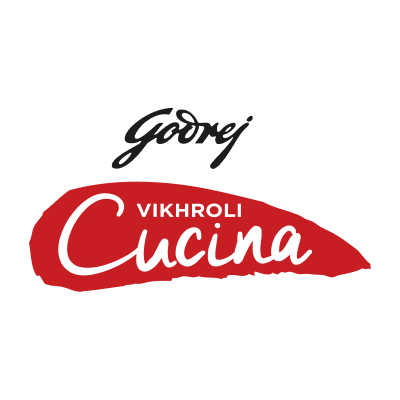
Top Five International Cuisines on the UNESCO Intangible Cultural Heritage List
Food tells us stories of people and places and is an important part of any celebration irrespective of culture and communities. Traditional food passed down from one generation to other acts as an expression of cultural identity. Collecting and documenting various family recipes is a way of honouring our culinary heritage and at the same time a great way for future generations to learn from the legacy of the past. UNESCO has recently recognized 17 gastronomic traditions that need to be safeguarded and preserved. Which are the top cuisines that have earned the heritage status? Here’s looking at few of the food traditions around the world.

Dolma, Azerbaijan
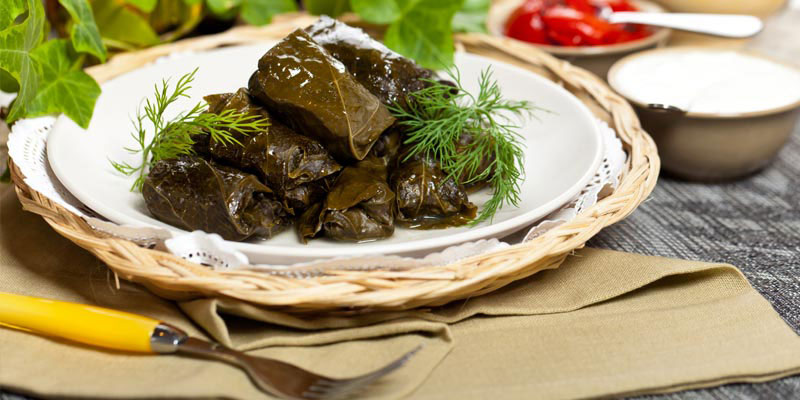 No Azerbaijani meal is complete without slow-cooked tender grape leaves or dolma wrapped with flavourful filling of ground meat (usually lamb), rice and herbs. This plump decadence stuffed with spiced meats dates back in the kitchens of the Topkapi Palace. Later this Middle-Eastern delicacy spread to the Balkans, Egypt and Central Asia. Originally made with rolled grape or cabbage leaves, regional variations developed over time. Though meat and rice-based stuffings are popular but seasonal vegetables like pepper, eggplant, pointed gourd, zucchini and onions are also used. The authentic Azeri dolmas are smaller with round shapes compared to its tube-shaped foreign varieties in Turkey, Lebanon, Greece and Iran.
No Azerbaijani meal is complete without slow-cooked tender grape leaves or dolma wrapped with flavourful filling of ground meat (usually lamb), rice and herbs. This plump decadence stuffed with spiced meats dates back in the kitchens of the Topkapi Palace. Later this Middle-Eastern delicacy spread to the Balkans, Egypt and Central Asia. Originally made with rolled grape or cabbage leaves, regional variations developed over time. Though meat and rice-based stuffings are popular but seasonal vegetables like pepper, eggplant, pointed gourd, zucchini and onions are also used. The authentic Azeri dolmas are smaller with round shapes compared to its tube-shaped foreign varieties in Turkey, Lebanon, Greece and Iran.
Washoku, Japan
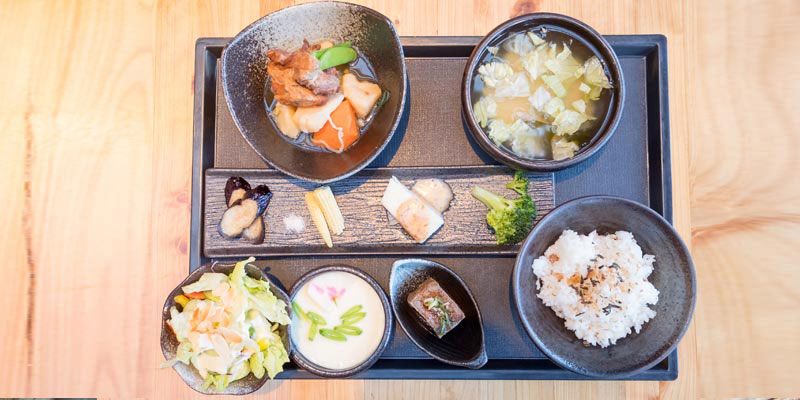 Based on the Japanese principle of “ichiju-Sansai,” a Washoku meal includes one soup (ju) and three side dishes (cooked fish, tofu and vegetables) accompanied with a bowl of steamed rice and konomono (pickled seasonal vegetables). The healthy and delicious Washoku (“wa” means Japan and “shoku” means eating) meal focuses on root vegetables, mushrooms, beans and seaweeds. The quintessential Washoku incorporates ingredients from raw to fermented, steamed to fried.
Based on the Japanese principle of “ichiju-Sansai,” a Washoku meal includes one soup (ju) and three side dishes (cooked fish, tofu and vegetables) accompanied with a bowl of steamed rice and konomono (pickled seasonal vegetables). The healthy and delicious Washoku (“wa” means Japan and “shoku” means eating) meal focuses on root vegetables, mushrooms, beans and seaweeds. The quintessential Washoku incorporates ingredients from raw to fermented, steamed to fried.
Kimchi, North Korea
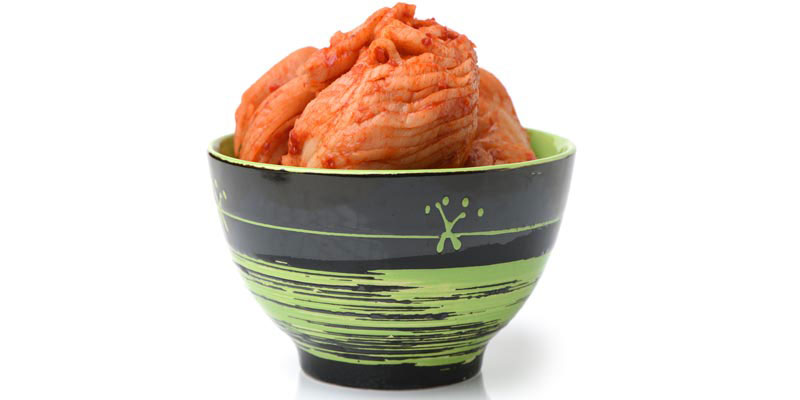 Any discussion of food in North Korea has to begin with the salty and spicy Kimchi — the national side dish. Kimchi, which is an essential part of North Korean meals, is the Korean name for preserved vegetables seasoned with spices and fermented seafood. Considered as a superfood owing to its high fibre content and vitamins, it is served on special occasions such as holidays, birthday parties and weddings. Late autumn is Kimjang season, when communities collectively come together to make Kimchi to sustain through the harsh winter.
Any discussion of food in North Korea has to begin with the salty and spicy Kimchi — the national side dish. Kimchi, which is an essential part of North Korean meals, is the Korean name for preserved vegetables seasoned with spices and fermented seafood. Considered as a superfood owing to its high fibre content and vitamins, it is served on special occasions such as holidays, birthday parties and weddings. Late autumn is Kimjang season, when communities collectively come together to make Kimchi to sustain through the harsh winter.
Palov, Uzbekistan
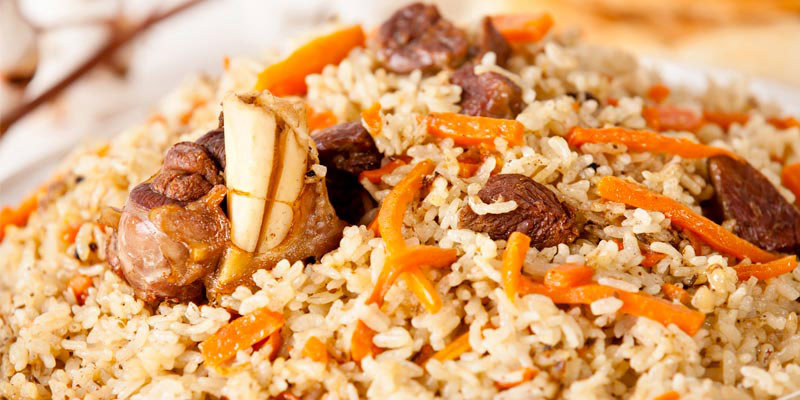 The signature rice dish of Uzbekistan, palov or pilaf, is the centrepiece of weddings and social occasions. Tracing its roots to Persia, this dish was served to Alexander the Great upon his capture of the Sogdian capital of Marakanda. Palov is usually served on a flat big plate and comes with a special ripe tomatoes salad and crispy onions. The process of preparing festive palov in a cast iron pot is a sacred process — cooked mainly by men — using rice, fresh mutton or beef, yellow or red carrot, onions and vegetable oil.
The signature rice dish of Uzbekistan, palov or pilaf, is the centrepiece of weddings and social occasions. Tracing its roots to Persia, this dish was served to Alexander the Great upon his capture of the Sogdian capital of Marakanda. Palov is usually served on a flat big plate and comes with a special ripe tomatoes salad and crispy onions. The process of preparing festive palov in a cast iron pot is a sacred process — cooked mainly by men — using rice, fresh mutton or beef, yellow or red carrot, onions and vegetable oil.
Lavash, Armenia
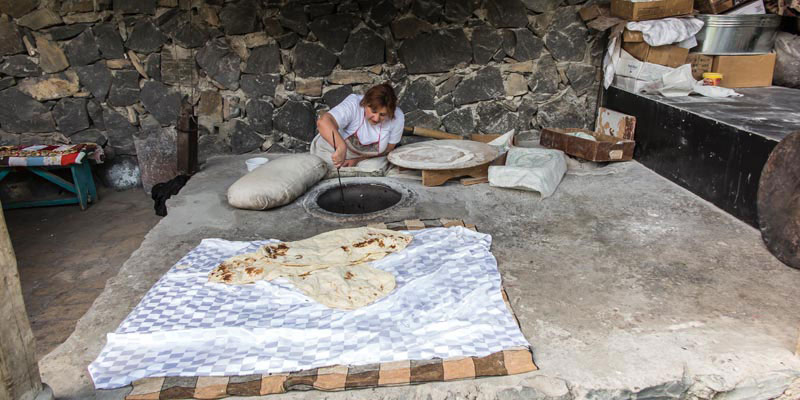 Lavash is the traditional Armenian thin bread that requires special baking skills and effort. It’s baked in a tonir, a clay oven heated with a wood fire at the base. The country has countless folktales about this tonir made flatbread baked by women who come together to bake lavash and socialise. The thin bread is made with wheat flour, water and salt and sprinkled with toasted sesame seeds and/or poppy seeds before baking. It is paired with local cheese, greens or meats and can be preserved for up to six months.
Lavash is the traditional Armenian thin bread that requires special baking skills and effort. It’s baked in a tonir, a clay oven heated with a wood fire at the base. The country has countless folktales about this tonir made flatbread baked by women who come together to bake lavash and socialise. The thin bread is made with wheat flour, water and salt and sprinkled with toasted sesame seeds and/or poppy seeds before baking. It is paired with local cheese, greens or meats and can be preserved for up to six months.
So what’s your favourite heritage food tradition? Share your ideas and experiences with everyone.
0 Comment
You may also like
-
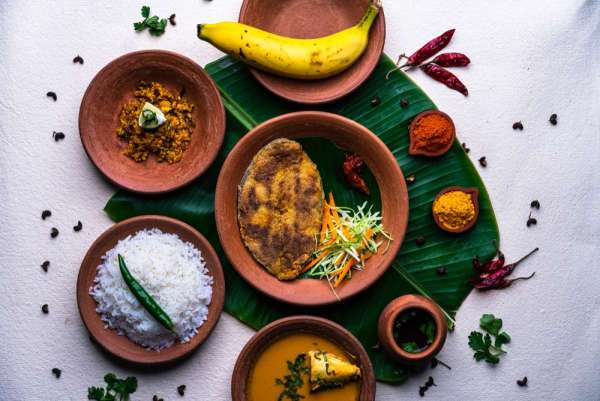
Travel From Kalwa Tonak to Khatkhate: Celebrating Goa’s Indigenous Flavours on Goa Liberation Day
by Vikhroli Cucina
-
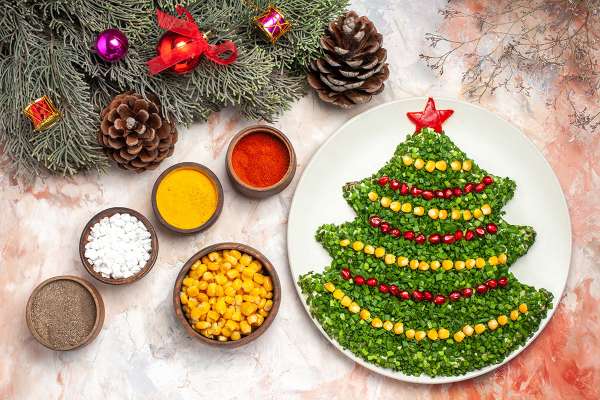
Travel How India celebrates Christmas through food
by Vikhroli Cucina
-
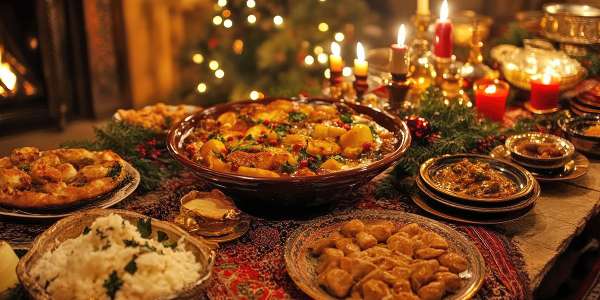
Travel From Kohima to Kochi: What India cooks at home during the holiday
by Vikhroli Cucina
-
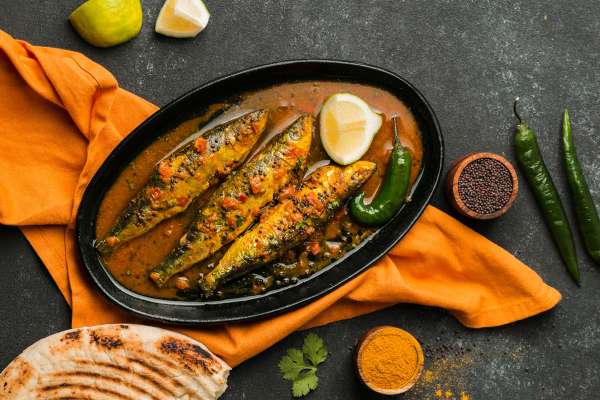
Travel Culinarian's Take: Floating feni and Saraswat cuisine are bringing a new side of Goa for tourists
by Vikhroli Cucina
